How to Use Litmus for Email Automation When You’re Asked to Do More With Less
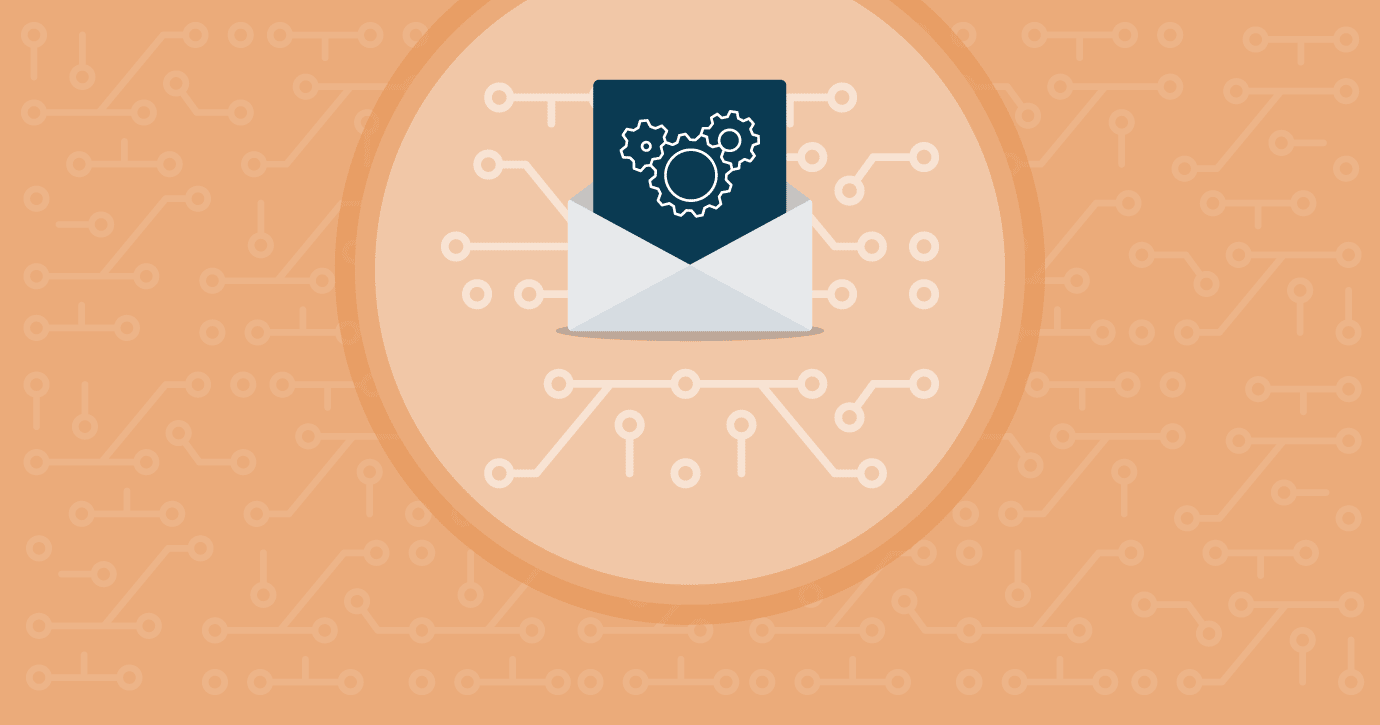
Table of Contents
Are you’re trying to figure out how to do more email marketing with fewer staff and resources, less of a budget–and higher expectations for performance? Perhaps you just want to see more results from the time you commit to your email marketing campaigns.
That’s the reality for many email marketers this year, and one we’ll likely see continue. While it’s encouraging that 37% of email teams increased their budgets in 2022, 61% stuck with the same amount of spend this year. Meanwhile, 70% of brands have increased email marketing workloads.
Enter, the key to doing more with less: email automation.
Email automation comes in all shapes and sizes, but no matter the strategy, it results in time saved and results lifted. In fact, 59% of respondents to our State of Email survey say expanding how they use email automation is a top priority. Let’s take a closer look at what email automation means, and nine ways you can use Litmus to support you in taking advantage of email automation.
What is email automation?
Email automation can refer to different tactics and tools that remove manual processes from any aspect of your email workflow, which may span aspects of your email creation and personalization, analysis and testing.
For example, you can automate nurture campaigns that send relevant content to new leads based on a sequence you create once and use repeatedly. You can also automate tasks like email testing. Instead of sending test emails to any different device your team can get their hands on, you can use an automated pre-send testing solution to view emails across every device and inbox provider–in one place.
If your team has to manage it, there’s likely an integration or tool you can use to save time.
9 ways to use Litmus for email automation
1. Create a single dynamic personalized email instead of multiple versions
80% of customers are more likely to purchase from a brand that provides personalized experiences. Creating multiple versions of campaigns is time-intensive and only becomes more cumbersome as time goes on and you need to make updates.
PrettyLittleThing wanted to add personalized zodiac sign imagery to its birthday emails but creating, testing, and sending 12 versions of an email would be too cumbersome.
So, the brand used Litmus Personalize, powered by Kickdynamic, to automatically show content tailored to subscribers’ correct star sign when they open the email. The brand only had to create one email to automatically send on a subscriber’s birthday, and the content automation does the rest of the work for them, which led to a 38% increase in click-through rate.
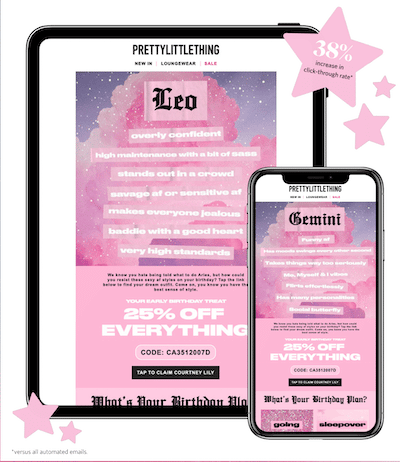
PrettyLittleThing’s birthday message automatically adjusts imagery based on when a subscriber opens the email.
2. Send real-time updates to keep email content current
Imagine you spend hours creating an email, only for the information to become outdated later that day. It’s not a good feeling. Dynamic content saves you time during email development and keeps information updated.
Squaw Valley Alpine Meadows used to send a daily condition report email to let resort visitors know what weather, snow, and lift status to expect. The only problem? Weather can change rapidly within a single day, making the email team’s hard work quickly outdated.
Now, the resort uses dynamic content to a) reduce weather research time and b) create a live daily resort rundown. By automating email content creation, the team saves a minimum of 150 hours of build time per year, allowing the team to spend more time on their CRM strategy.
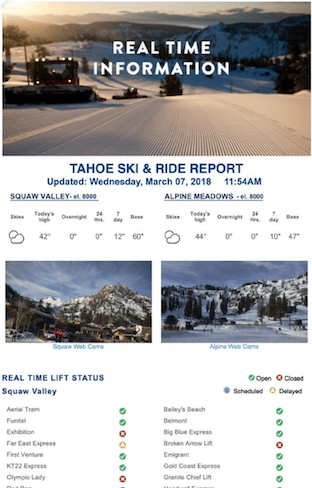
Dynamic location-based content automatically prevents outdated emails.
3. Create comprehensive guides for every customer at scale
Would you love to give every subscriber a bespoke experience, but think it’s not possible based on your audience size and workload? With email automation, it can be! That’s how P&O Ferries uses live, automated content to send pre-trip emails filled with useful information.
The ferry operator hosts more than 8.4 million passengers annually, but content automation allows each one to have a hyper-relevant email experience. Their pre-trip message is populated at open time, combining CRM data and advanced dynamic content based on hundreds of variants like ship type and port traffic conditions. The result is a one-stop reference point.
P&O also automatically displays different image versions based on the device the subscriber uses, so everyone has a beautiful viewing experience. Since the email houses everything a traveler needs to know about their trip, the automated emails often have multiple opens and have increased click-through rates by 50%.

Automation makes it possible to send in-depth, personalized content at scale.
4. Send error-free emails in less time with automated QA
You have to test emails to send error-free messages that build brand trust, but you don’t have to spend all day on it. An automated QA system like Litmus Email Testing can cut testing time by 50% by automatically checking elements like images, links, and tracking. You can also use automatic spam filter tests to easily find and fix issues that could send you to spam.
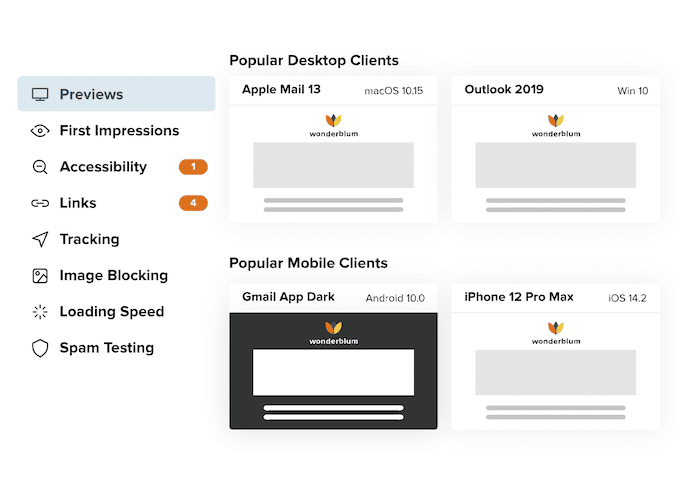
Litmus Email Testing automatically checks for links, accessibility, load speed, spam, and more.
5. Prioritize testing on specific devices or email clients
Sometimes, you’re in such a time crunch that you can’t do complete testing on every email you send. Still, you aren’t willing to throw QA to the side. Litmus’ new Email Testing Profiles let you create custom lists of email clients and devices to focus your testing where you know you need it most.
For example, if a particular inbox provider is a constant thorn in your side, you can focus your QA time there. Or, you could prioritize testing on the devices and clients that account for most of your audience.
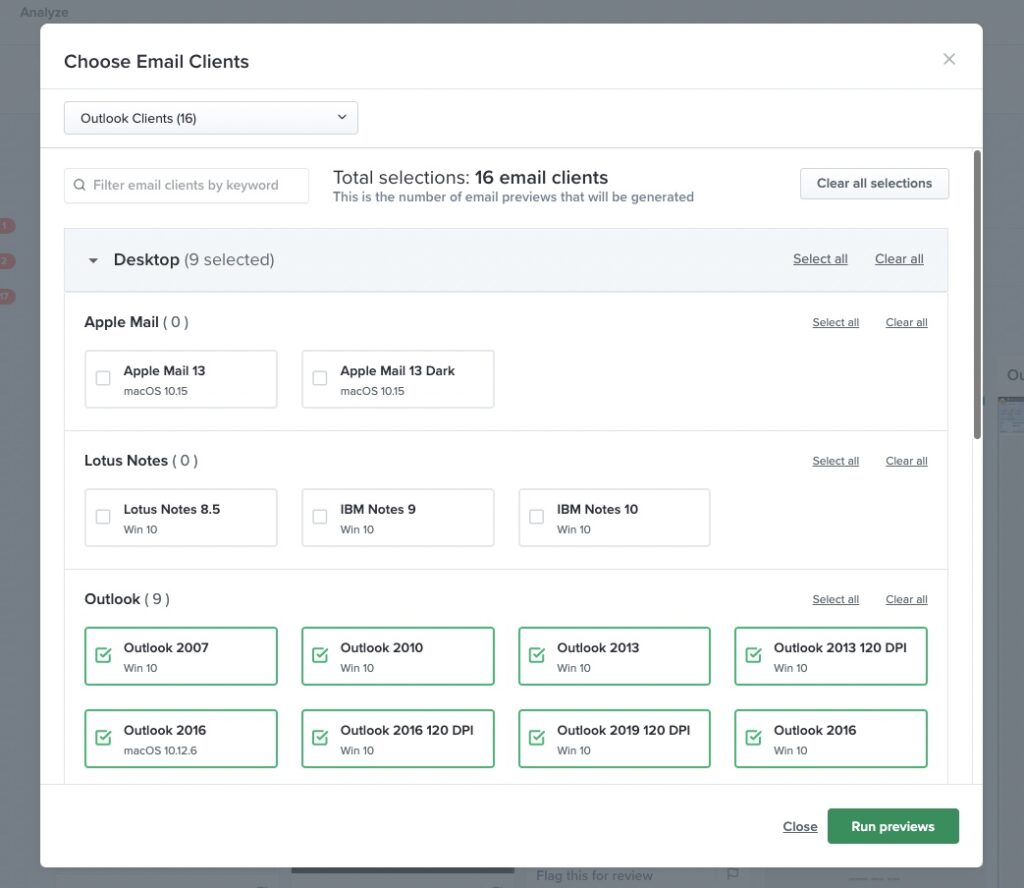
Litmus Email Testing Profiles
6. Use an email design system to build emails quickly
Small inefficiencies in your workflow, like searching for the exact brand color or finding an old email from which to pull a snippet, cut into your time. When every moment of your day counts, an email design system can speed up email development and increase consistency.
An email design system includes visual designs, mail modules and templates, and documentation. Once you’ve established an email design system, you can quickly build emails and avoid fixing the same bugs over and over.

You can use Litmus to create and store an email design system that speeds up production time and ensures consistency.
7. Add UTM parameters to every link with only a few clicks
UTM parameters are essential if you want to track the impact of your emails (which you do). Creating new UTM links and updating them in every link of every message is tedious, though. Thankfully, you can automate your UTM workflow with Litmus’ UTM Manager.
The UTM Manager automatically detects and displays links in your email; then, all you need to do to attach your UTM is check a box. Automating your UTM updates ensures that no link is left behind while you speed up your workflow.
8. Sync email development to your email service provider to reduce errors
Moving each email from your code editor to your marketing automation platform or email service provider (ESP) has many steps and potential errors. Instead of copying and pasting code between tools, consider automatic code syncing.
ESP Sync with Litmus Builder automatically transfers code from your editor to your ESP with a single click. Bonus: once you sync your code editor and ESP, any updates you make in Litmus automatically reflect in your ESP every time you save.
9. Add ESP-specific merge tags to automatically pull in subscriber-specific details
Merge tags are essential building blocks of personalized email content, and help with adding details like subscriber name, location (and more). Merge tags vary by ESP, and fit different scenarios. For example, yours might call them merge tags, personalization fields, personalization strings, merge parameters, tokens or personalization tags.
No matter the name, you can save time and build better emails with automatic merge tags. Litmus Builder lets you sync merge tags once, and then quickly add them requiring that you think of the exact code off the top of your head.
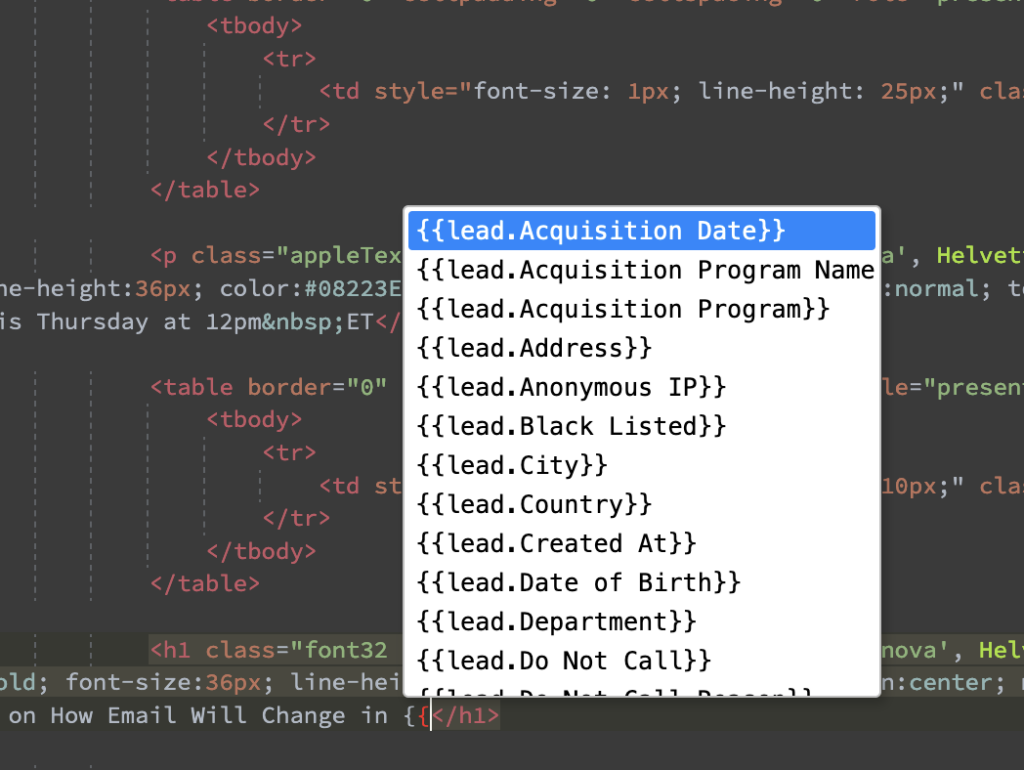
Litmus Email Builder lets you quickly and accurately add merge tags for personalized content.
Litmus helps you make the most of every email marketing moment
You want to work efficiently, improve performance, and demonstrate the value of email marketing for your entire organization—it feels like a tall order. To top it all off, you may face a stagnant budget or a growing workload. Litmus can help.
Litmus’ email automation tools let you quickly and reliably create, test, and analyze emails to scale your program. See how Litmus can help you do more with less.








